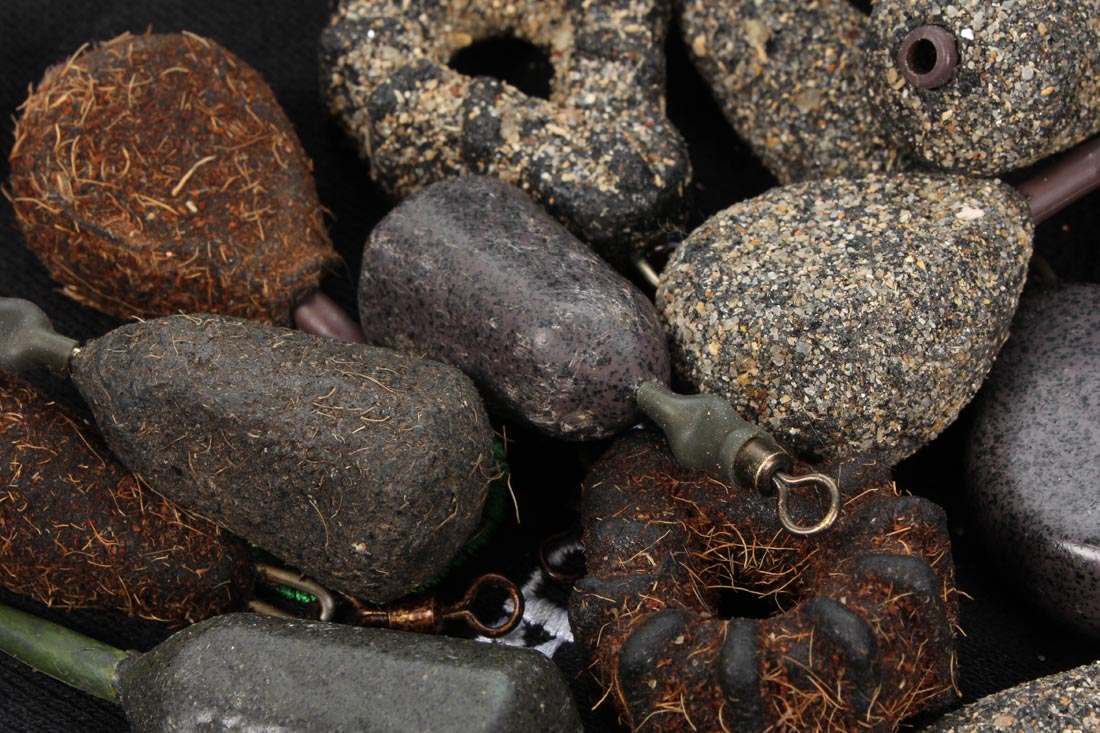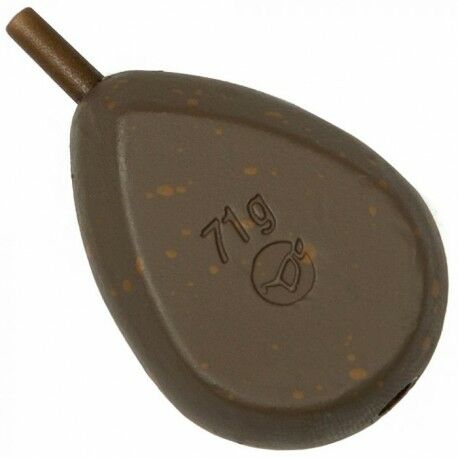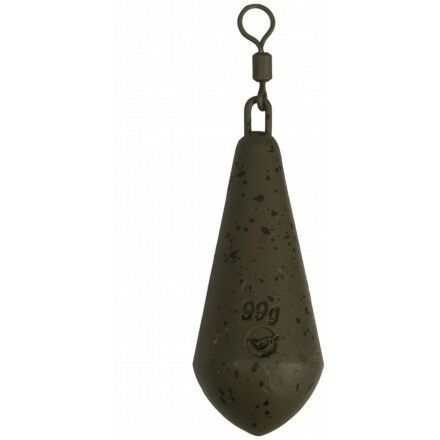Different Types of Carp Fishing Leads: A Total Fishing Tackle School
- By Andy Grenfell
- |
- 4 August 2021

Confused by the different types of carp fishing leads that are available? Ever wondered what shape and size is best for you? We asked our resident blogger Wayne Box to take a look and explain all!
It’s actually a good point, all those different sizes and shapes of leads, what do they all mean!? Well, I’ll try to explain the different shapes and sizes of leads that I use and hopefully that will answer a few questions and help you choose the leads most suited to you and the venues you fish. Click on the images for more detail!
Now, before we dive into the types of leads, can I just say that you do not need to load your bags with kilos and kilos of leads! Just take enough with you for the session and leave a pile of spares in your car. On my tutorials I see so many people with loads of leads and they only use two or three in their session!
Now let's look at some leads! First of all, these are the three main shape or styles of leads that I use in my own fishing;
An absolute necessity when solid PVA bag fishing. An inline lead is a must to allow you to fit the lead and rig in the bag properly and the flat pear shape profile allows you the most room to fill the bag with delicious pellets. When on the lakebed the profile of the flat pear remains pretty inconspicuous, the pellets or bag mix should hide the lead nicely if you have filled the bag correctly.
The other added bonus of inline leads is that when the fish sucks in your hookbait, because there are no swivels on inline leads and the line actually goes through the middle of the lead, the fish feels the weight of the lead almost instantly and is hooked.
Size wise I tend to go for 2.5oz or 3oz when solid bag fishing.
Distance Leads
Now these often go by various names, distance leads, zip leads, casting leads, to name but a few. The profile or shape of the lead is such that it allows the lead to fly through the air as streamlined as possible and therefore maximising the distances that the angler can cast.
The shape of the lead is usually elongated with the majority of the weight at the opposite end to the swivel. As you can see from the picture, they just look a lot more streamlined that other varieties of leads.
As I am generally trying to hit 100 yards plus when distance fishing, I will use a minimum size of 4oz and sometimes up to 5oz if I am trying to reach the horizon!
Gripper Leads
Another variety that I use a lot, the gripper style leads will contain little nodules or bumps, and this helps to hold the lead in position on steep slopes, say if you were fishing up against an island or on the side of a gravel bar or hump.
Especially on most day ticket waters where there is a larger head of fish, the lead is often getting bashed about or moved when carp come in to feed, you don’t want the lead being rolled off the spot and into weed and ruining your chances of a bite.
Size wise here depends on how fast I need to cast or the angling situation, if I am casting near showing fish then I may well drop the size to 1.5oz. Usually though it’ll be a 3oz for most situations.
There is a debate as to whether the colour of the lead or the texture makes any difference at all? Personally, I have never found the colour to make that much difference and my leads are all brown and green coloured.
Regarding the choices between textured and smooth leads, I do prefer a textured lead, I have messed about with some of the leads available and some of the ones with the smooth finish do stand out more underwater. The only time I will use a smooth lead is when distance casting as the texture can slow the lead down and lose you distance.
















